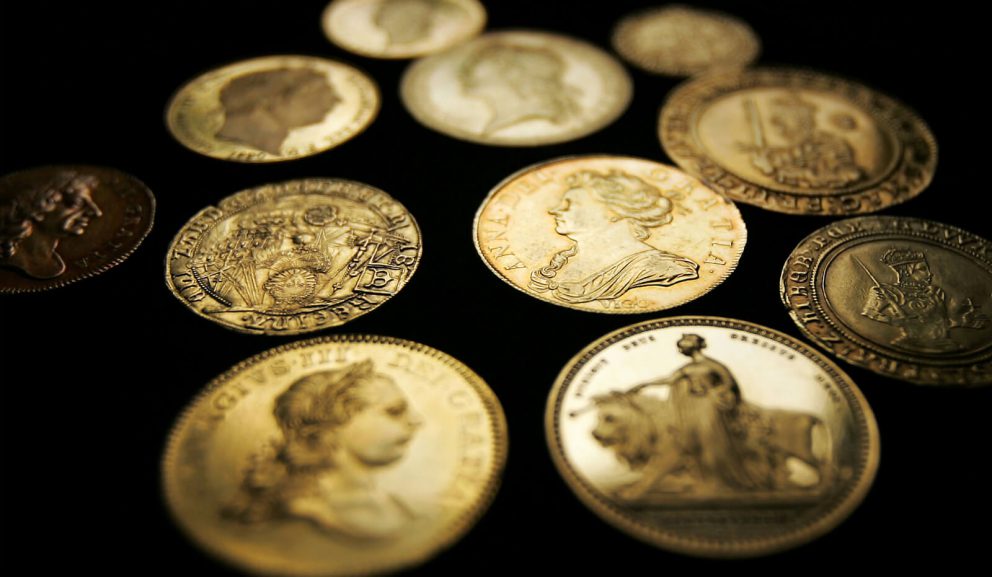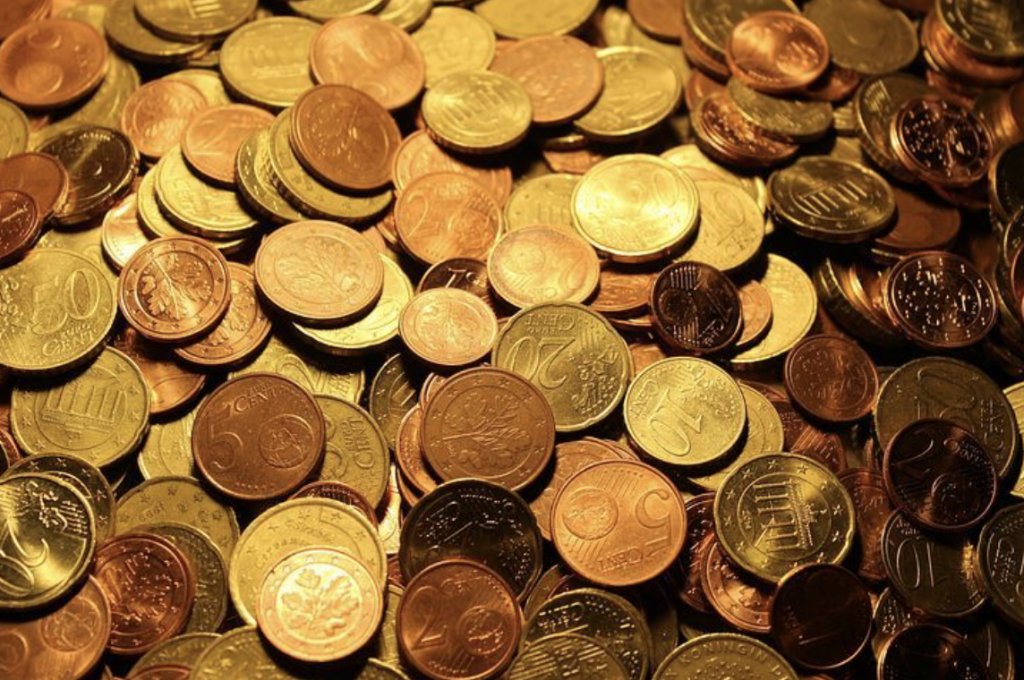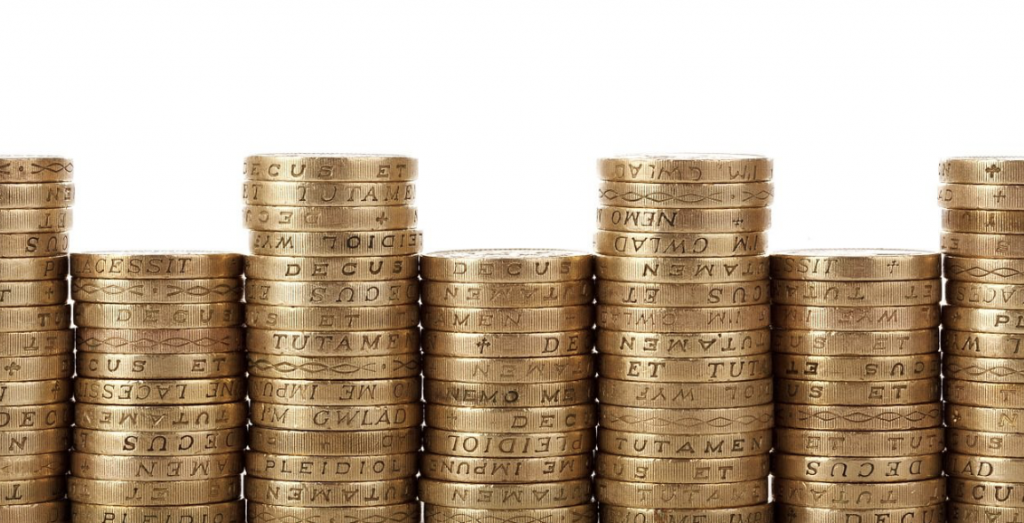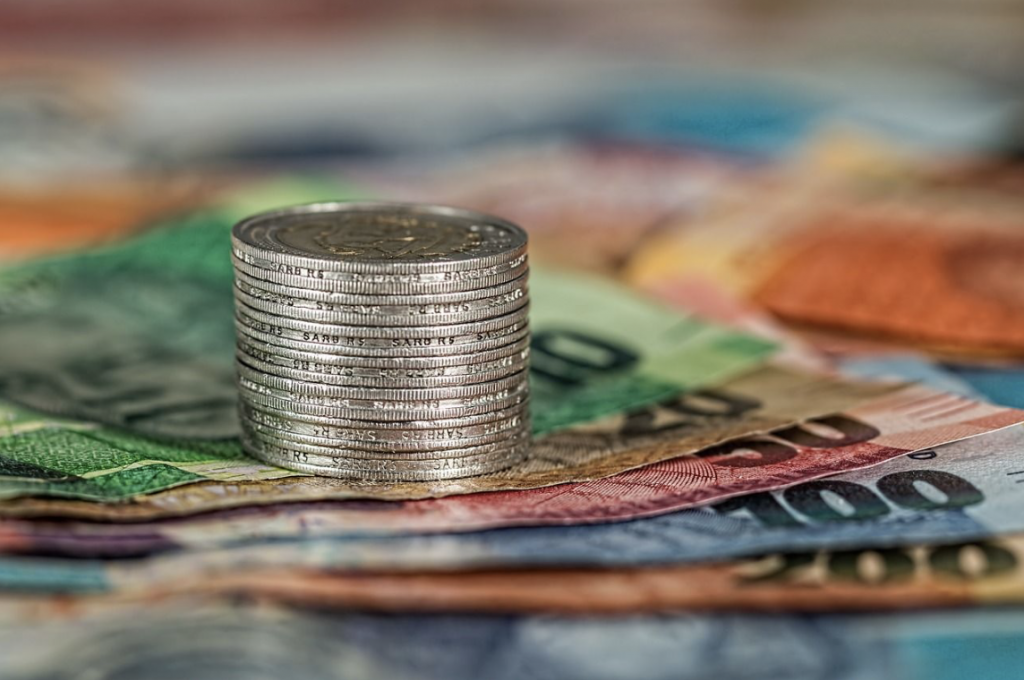Numismatics is not only a beautiful hobby, but also a way to get on a long-term scale an interesting amount of money. Therefore, you can undoubtedly consider valuable coins with historical value for the investment. Unfortunately, investing in valuable coins is not accessible to anyone, especially because only few funds offer this investment alternative.

That is why Semper founded the first one Numismatic Fund in Central Europe. Before you ever start thinking about investing in valuable coins, you must have had at least the following minimum in your little one.

The coins are tested by the time. That’s why their value is constantly rising.
What is numismatic value?
Numismatic coins are rare or valuable coins that have a higher or lower value than the individual value of the noble metal from which they are produced.
Numismatic coins can be rare for many reasons:
● they have a historical value
● they are the only ones of their kind
● they have special symbols
● they were made with a specific method
These factors still include other factors that affect the value of coins. In general, however, the value of numismatic coins depends primarily on their rarity and historical value.

If an investor wants to succeed, first of all he must spend some time with obtaining information and understanding the numismatic market.
If you look at the historical market development of the prices of rare metals you will find out, that they are stabilized in regular intervals due to market corrections. The price of gold or silver has a great impact on so-called bullion coins – coins whose value lies in their material – on the other hand, rare gold and silver coins have the potential to increase their value due to the market. Their value also depends on external factors such as collector demand, scarcity, timing, or auction method.
Characteristic of the market of rare coins
Investing in rare coins has a long-term potential, but even numismatics has a common investment risks.
The best way to avoid risks is always to spend enough time studying the basics market characteristics. It is important to be at least minimally confessed in coins and to know how to estimate the rarity of the coin, especially because each coin is different.
The rare coins market is not as liquid as the so-called “bullion coins”, so search for buyers and sellers is not as fast as in other markets. On the other hand, if you come across the numismatics community, liquidity will improve considerably.
The best way to keep clear at investments in rare coins from the beginning is to have an advisor side by side, or to invest in Numismatic Funds managed by experts.
If an investor wants to manage the numismatic portfolio himself, he must have good market insight and must know how to predict at least short-term fluctuations in prices and trends. In this case pricing guides can be helpful, or qualified rating services of NGC or PCGS (Professional Coin Grading Service). Both resources will help you understand the difference in value of coins. Nevertheless, experience and expert advice are more useful and can savehundreds to thousands of euros.
 Although investment in rare coins does not avoid typical risks, from a long-term point of view Numismatics have undeniable advantages.
Although investment in rare coins does not avoid typical risks, from a long-term point of view Numismatics have undeniable advantages.
Coins have long-term significance
Rare coins require more patience when choosing and even waiting for earned revenue. If you plan to invest in gold or silver coins, you need a large amountinformation to make the right investment.
But patience is good, because the average length of possession of holding rare coins should be at least ten years before the sale. Still, numismatic coins work differently than the so-called “bullion coins”, and in the case of right investment, they can be extremely profitable in the long run. At the end of the day, however, it is up to you whether you really want to invest in rare coins. The last twenty years have shown that numismatics is growing steadily and relatively fast. For investors it is undoubtedly an interesting market and with the help of experts it can be used as regular yield.